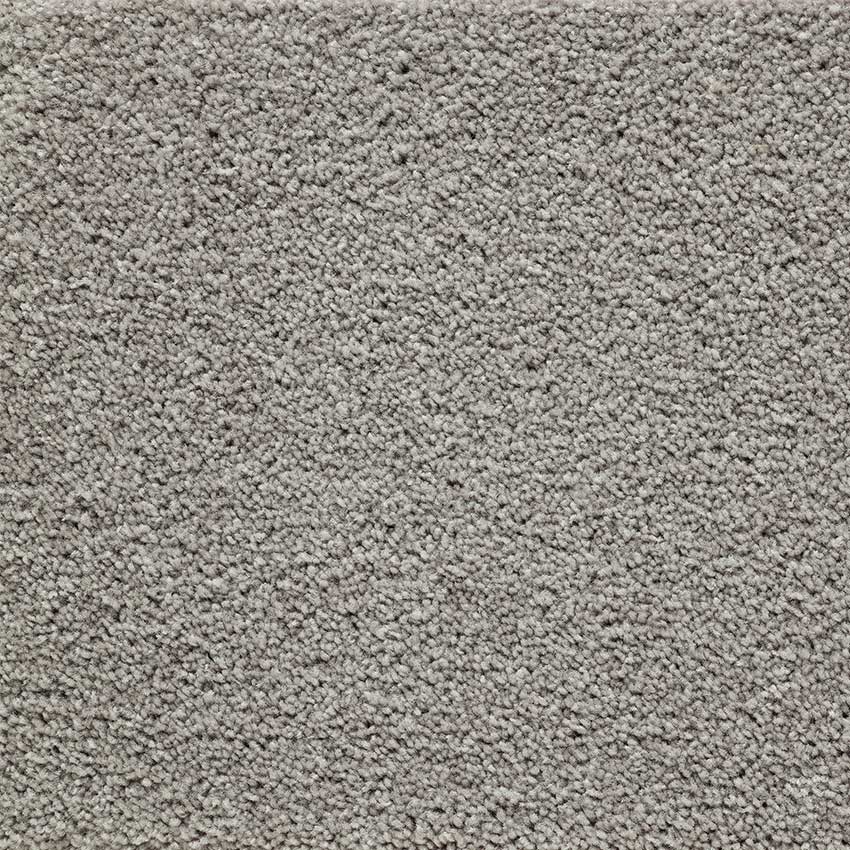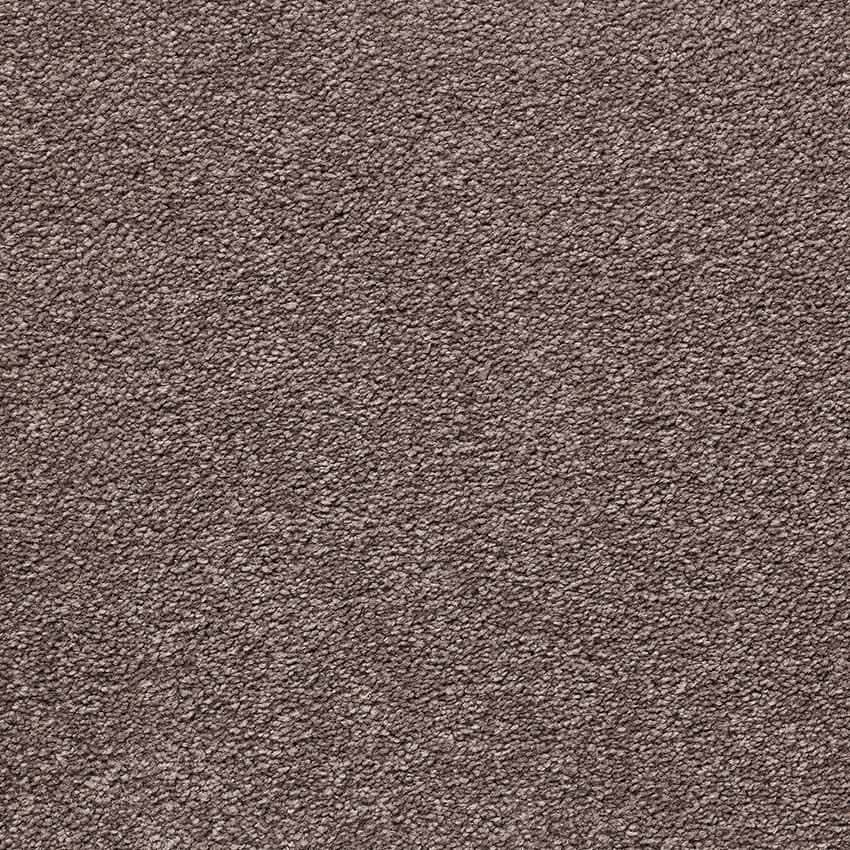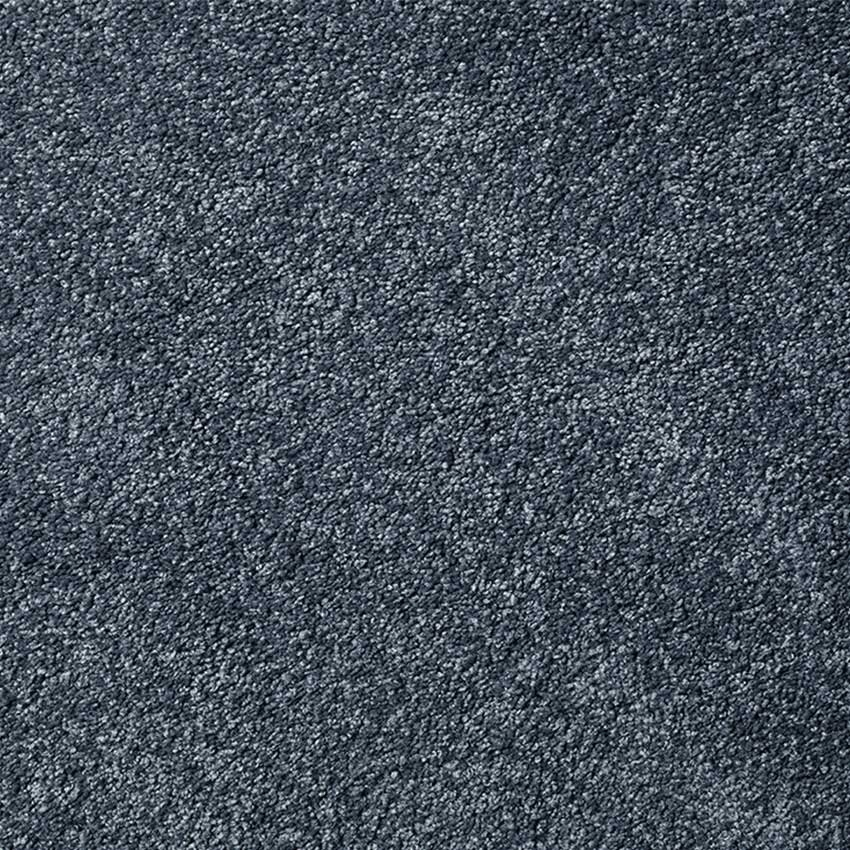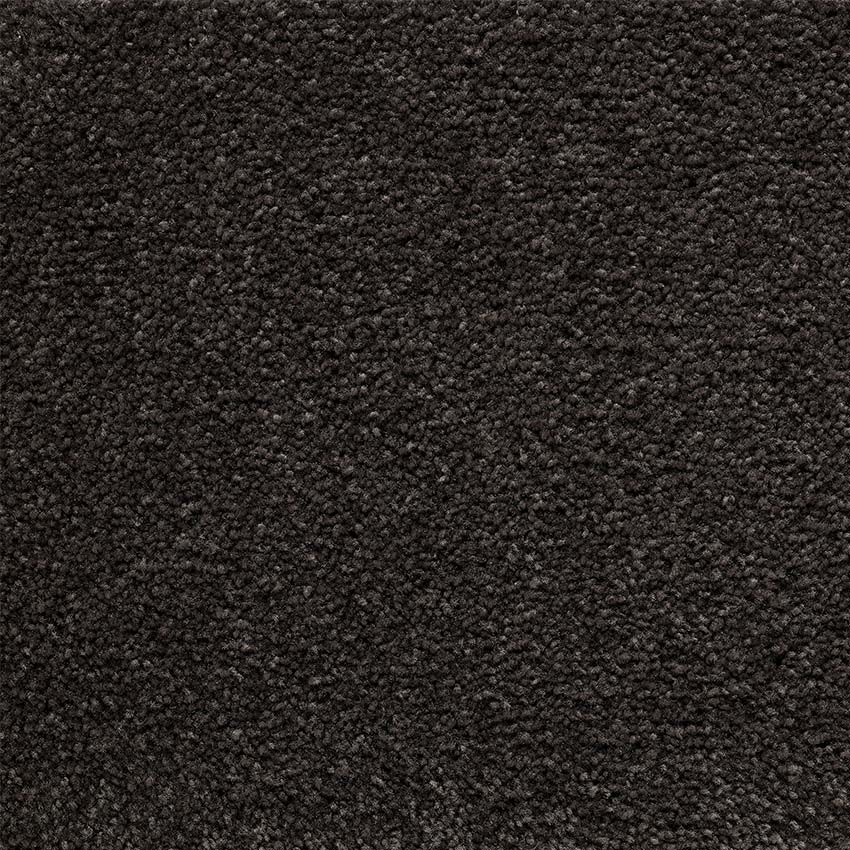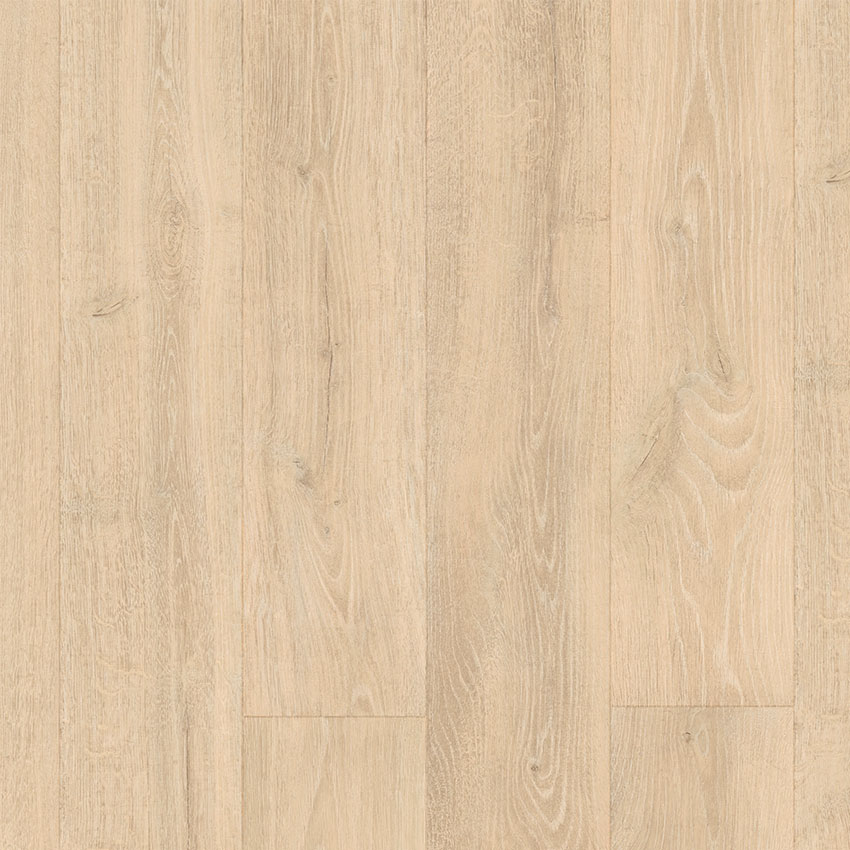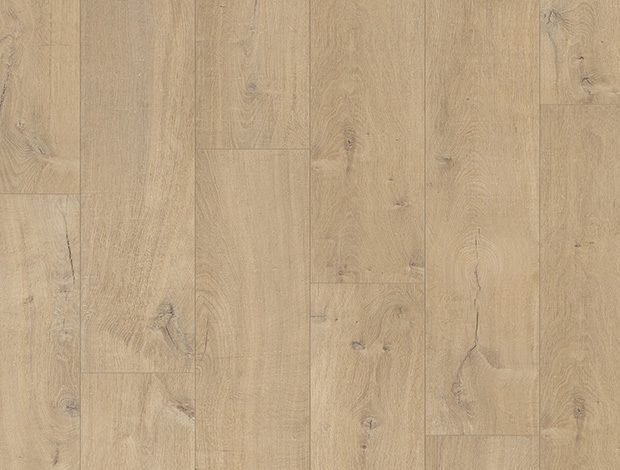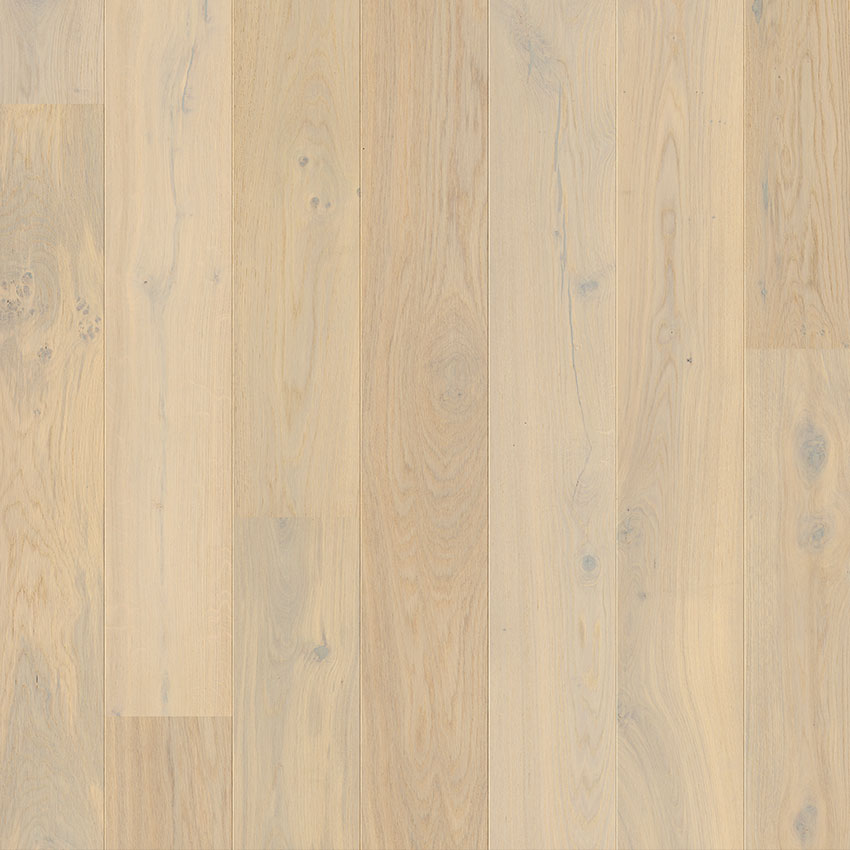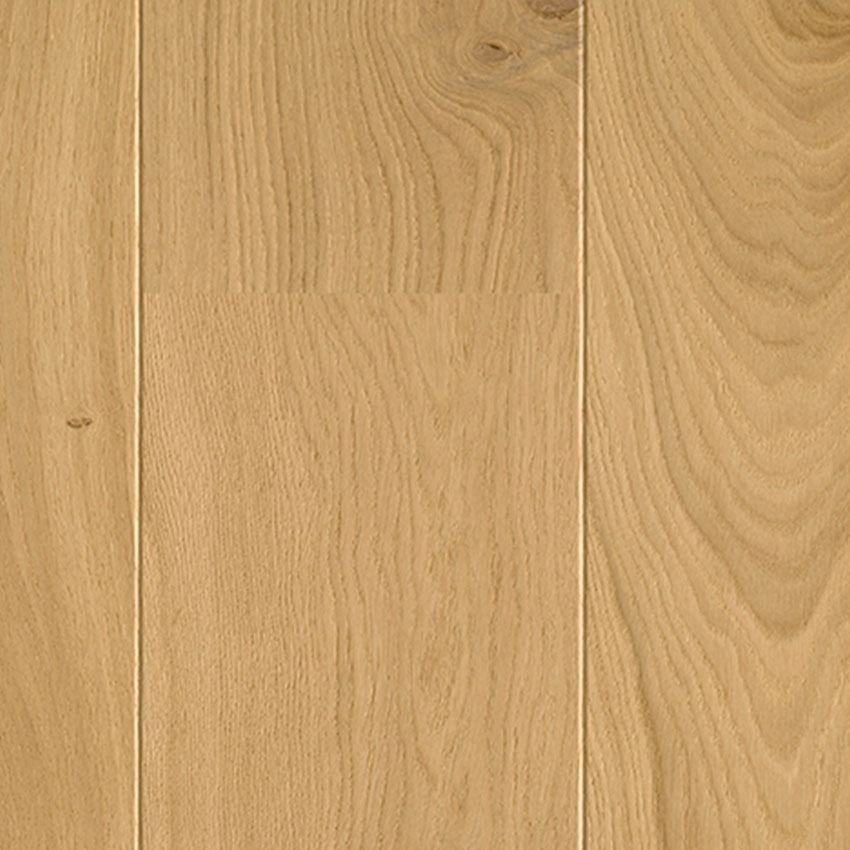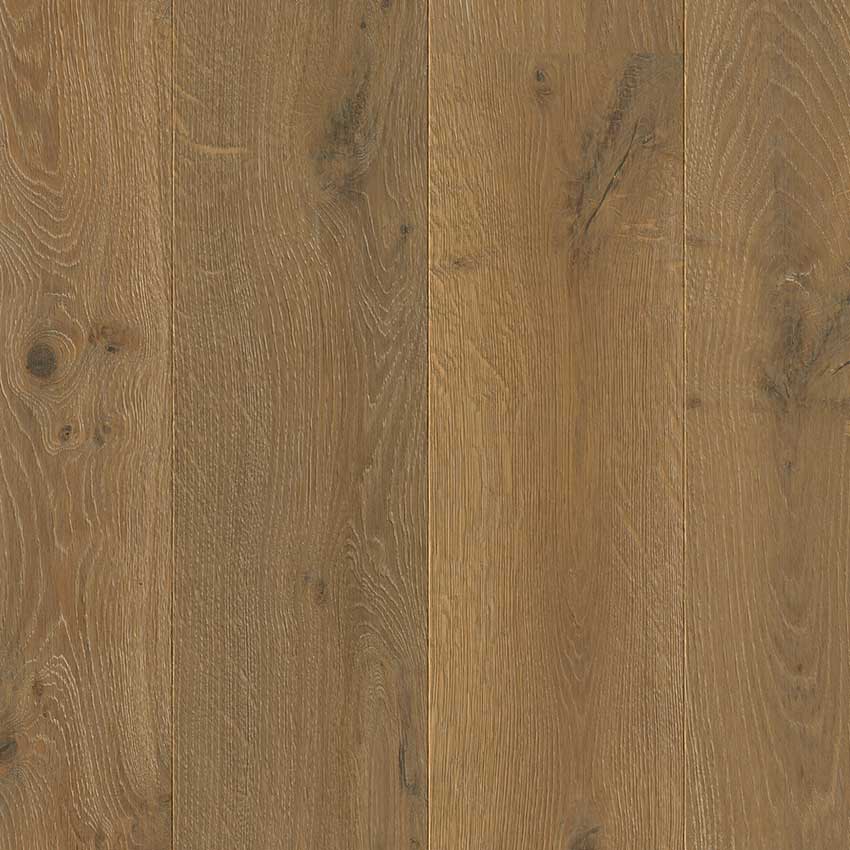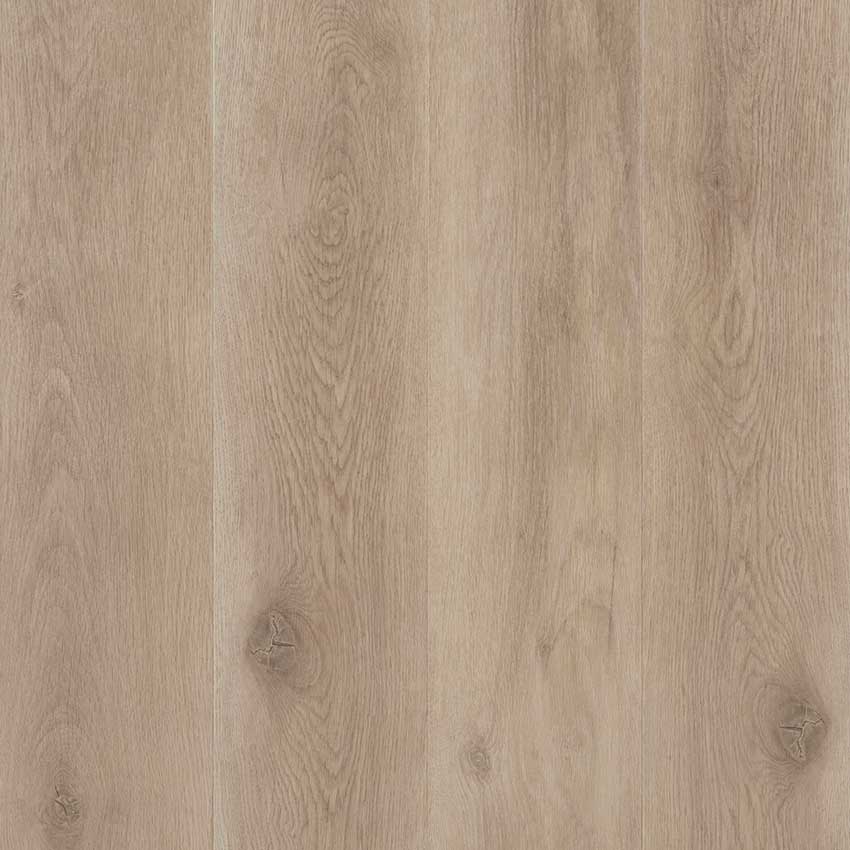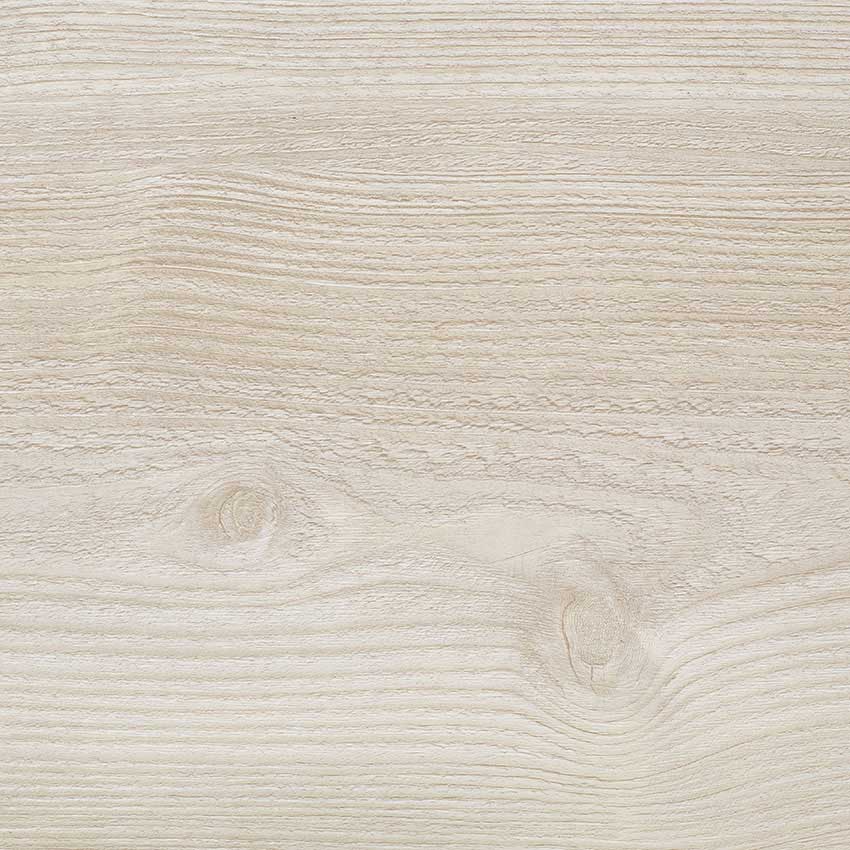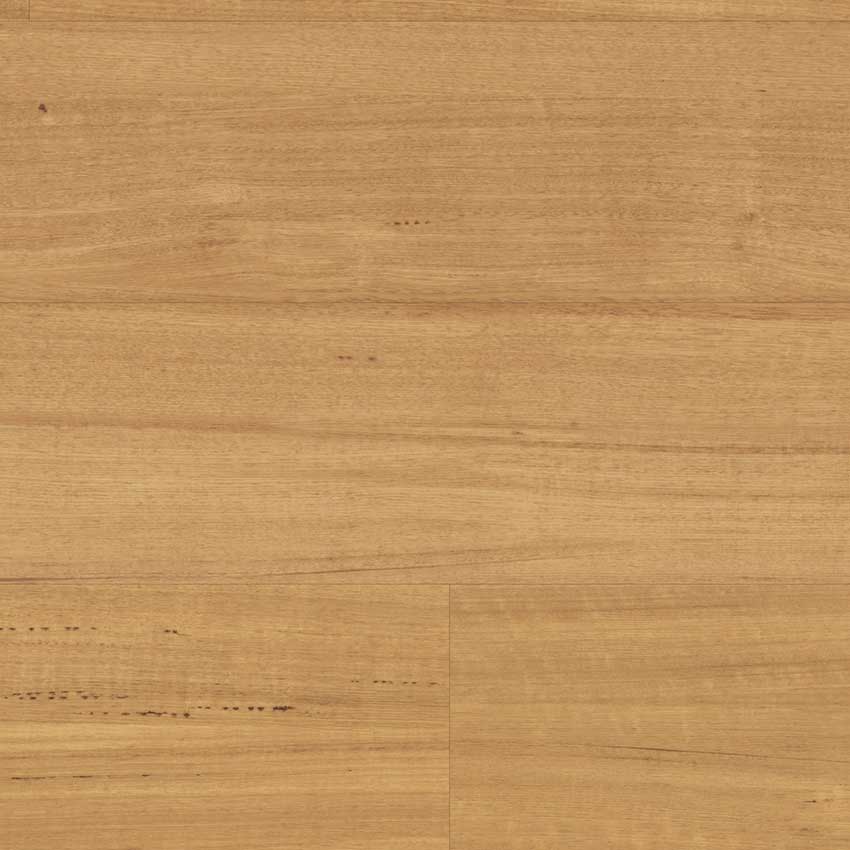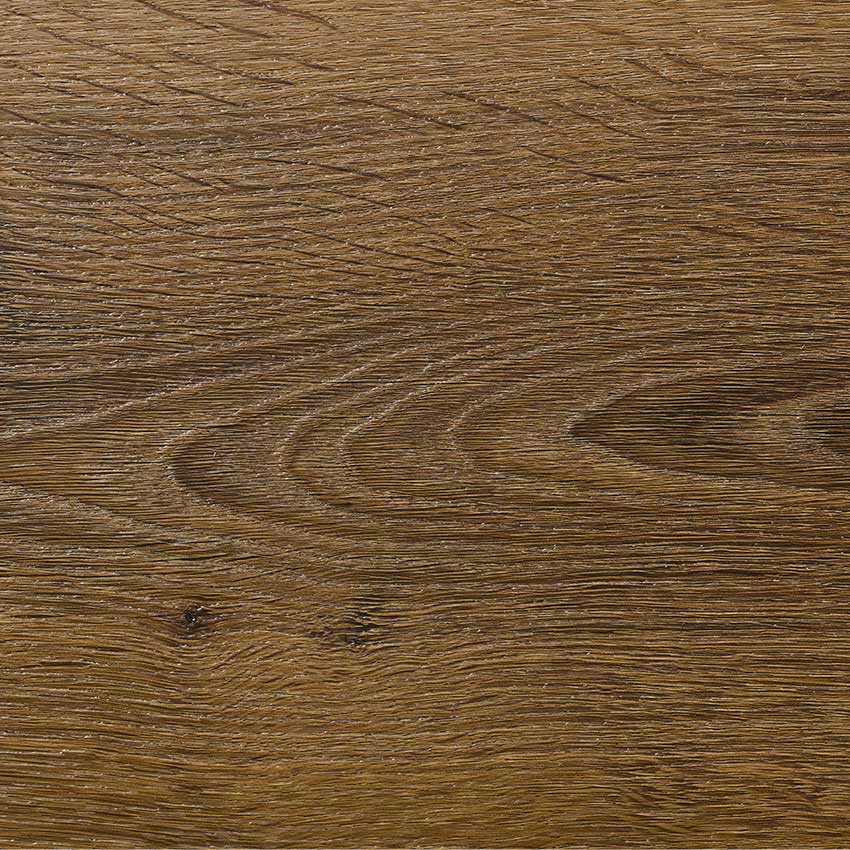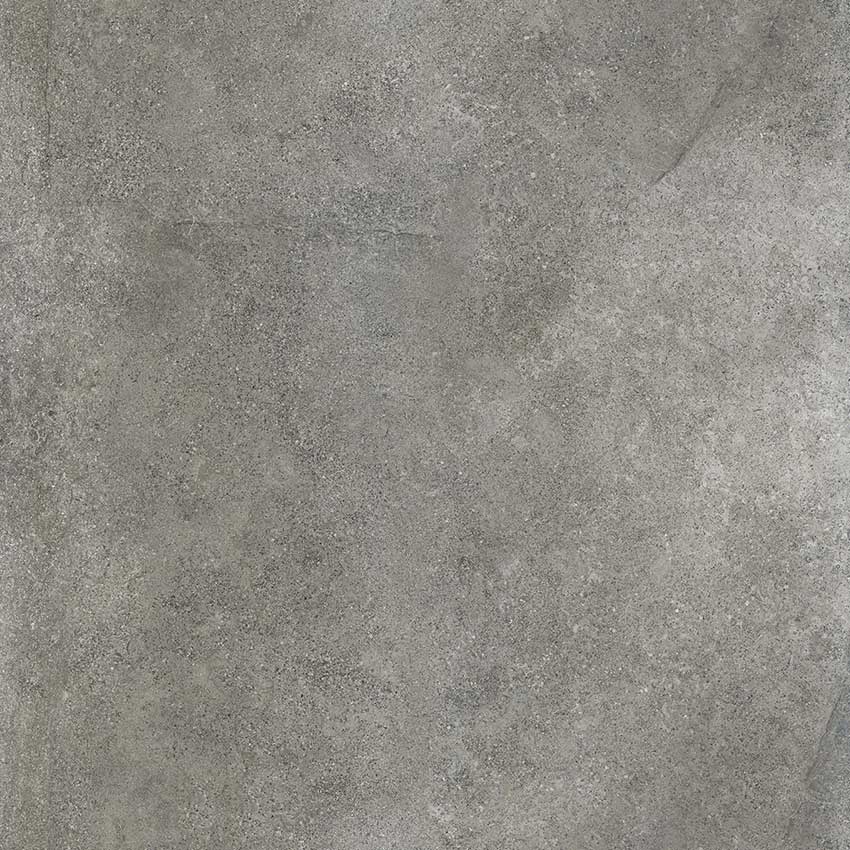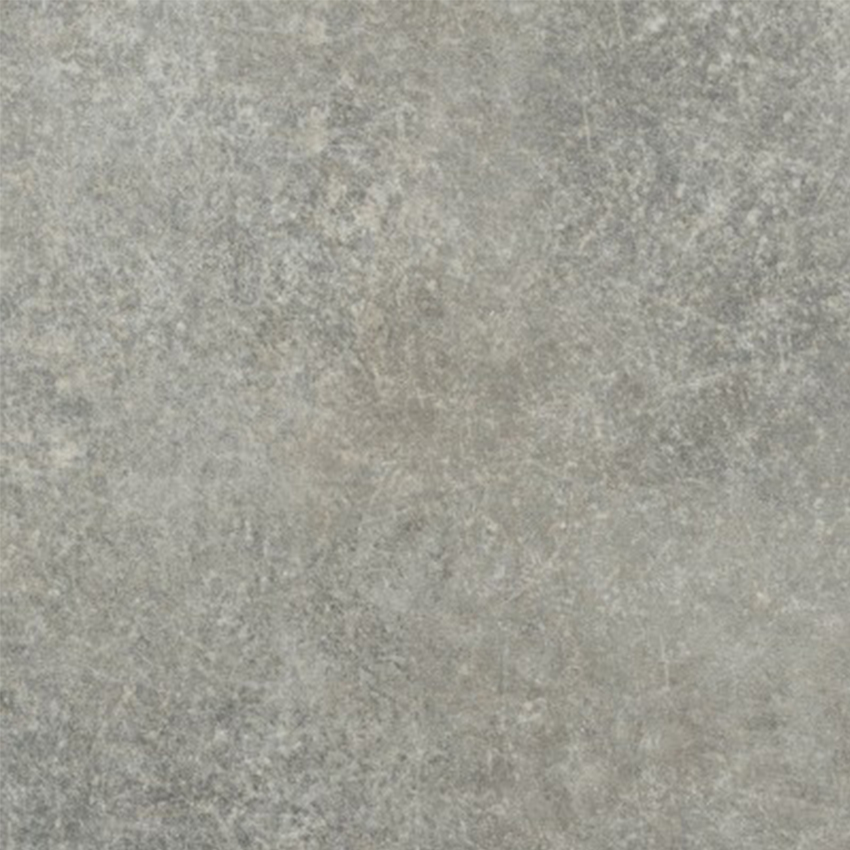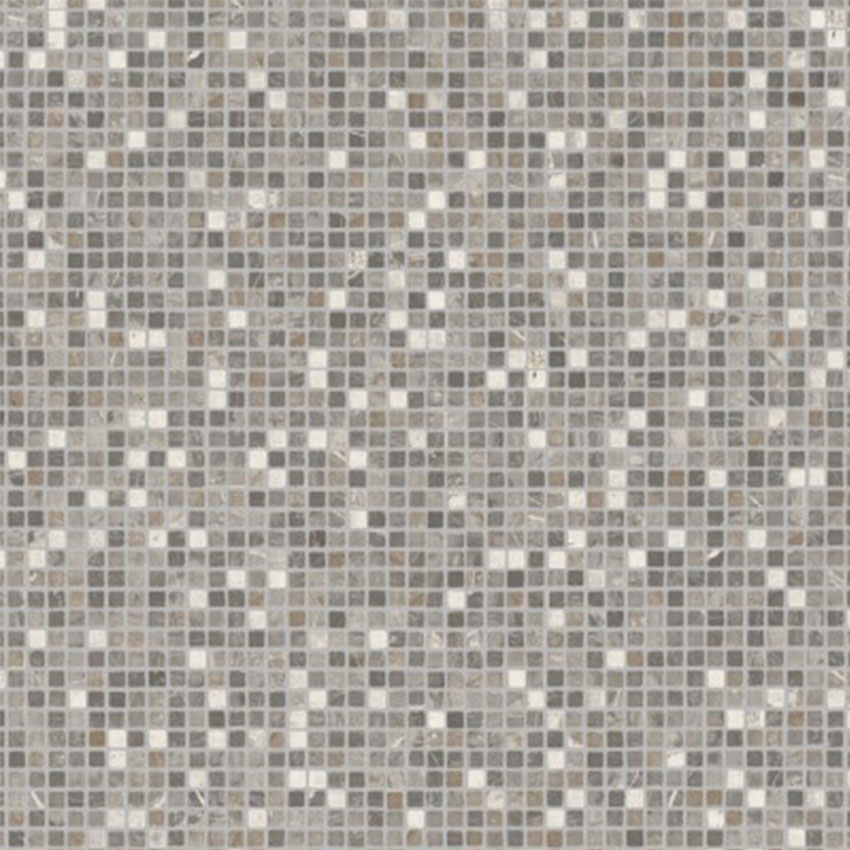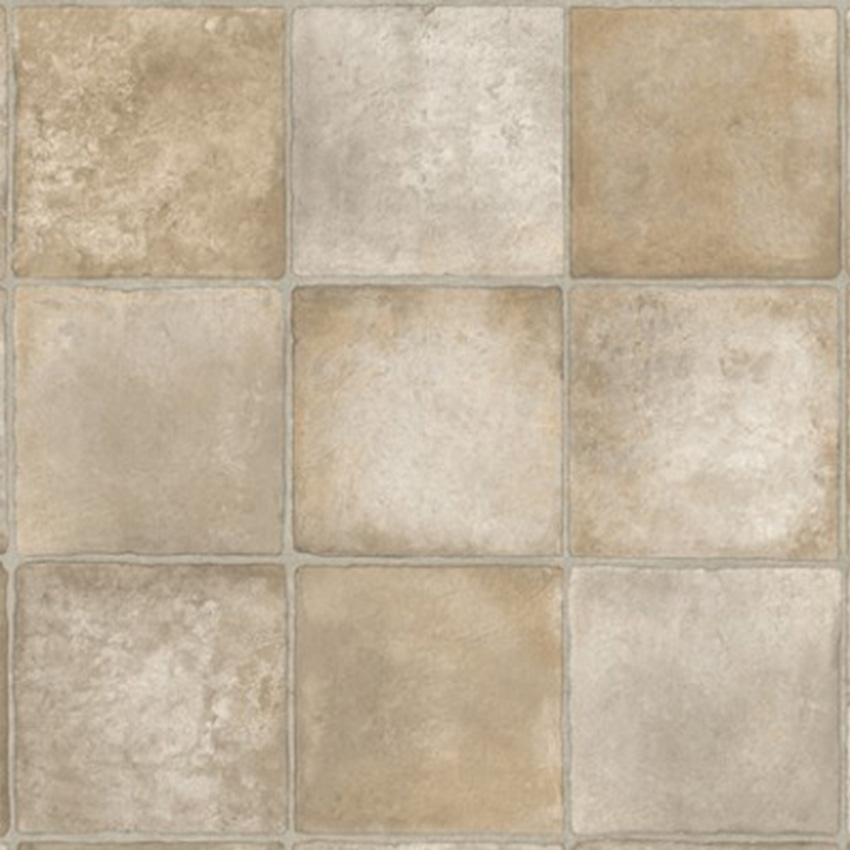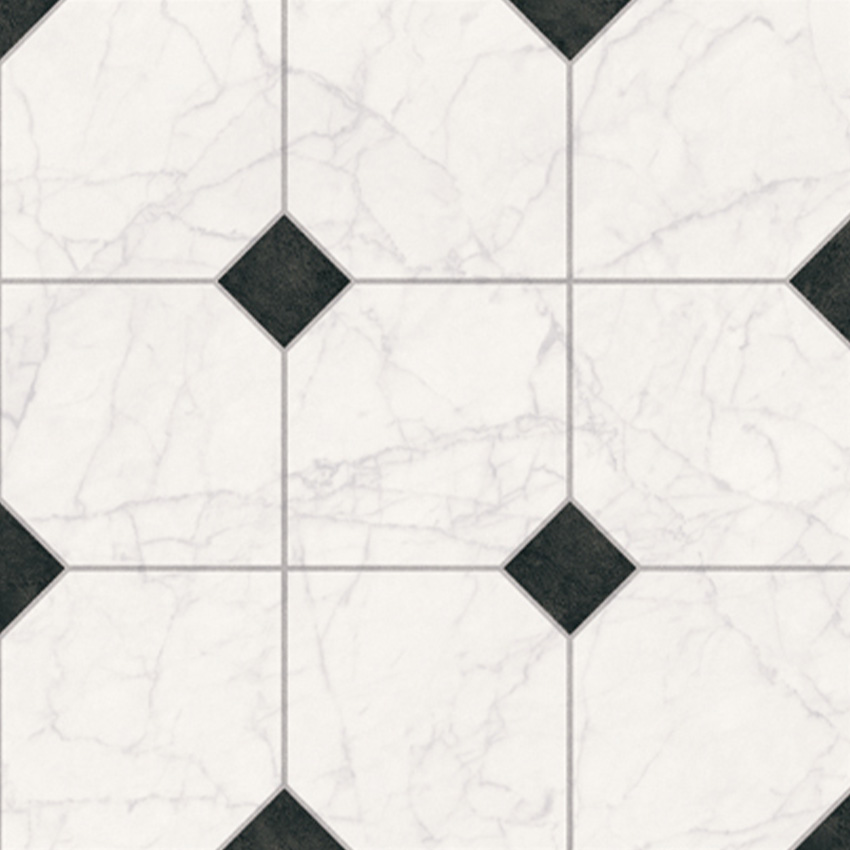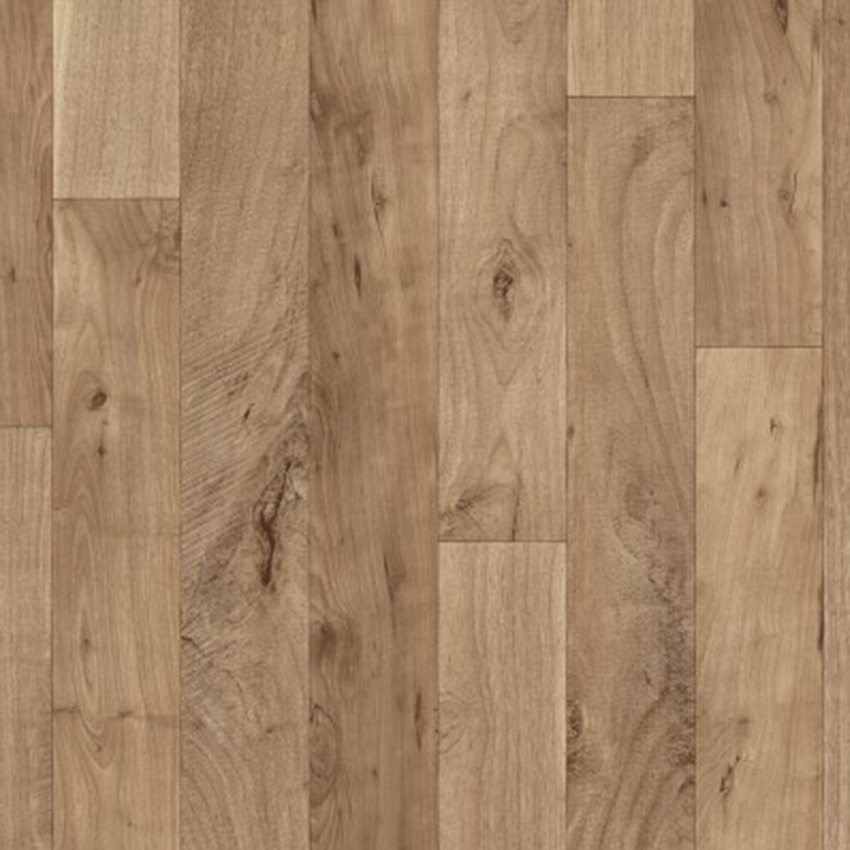Flooring these days comes with all sorts of benefits – warmth, insulation, softness, durability, fade or stain resistance, and more. It can be the foundation of a decorating plan, inspiring other ideas. Or, it can be selected to complement existing walls and furnishings. Above all, the flooring you choose should reflect your personality and bring comfort to your home.
When planning your “look”, it’s important to have a basic knowledge of how colour, texture, and pattern can work. Although there are no absolute “rules” that govern these considerations, we can help narrow down your choices with practical design and decorating advice.
The quickest facelift for any room is colour. It can be used to make a small room appear larger or to pull a background forward. It can create an atmosphere of warmth and comfort. Or, it can make your environment feel cool and spacious. However used, it’s colour that really creates the mood of your room. Start by gathering colours that catch your eye… fabrics, paint swatches or clippings from your favourite magazines or online inspiration boards.
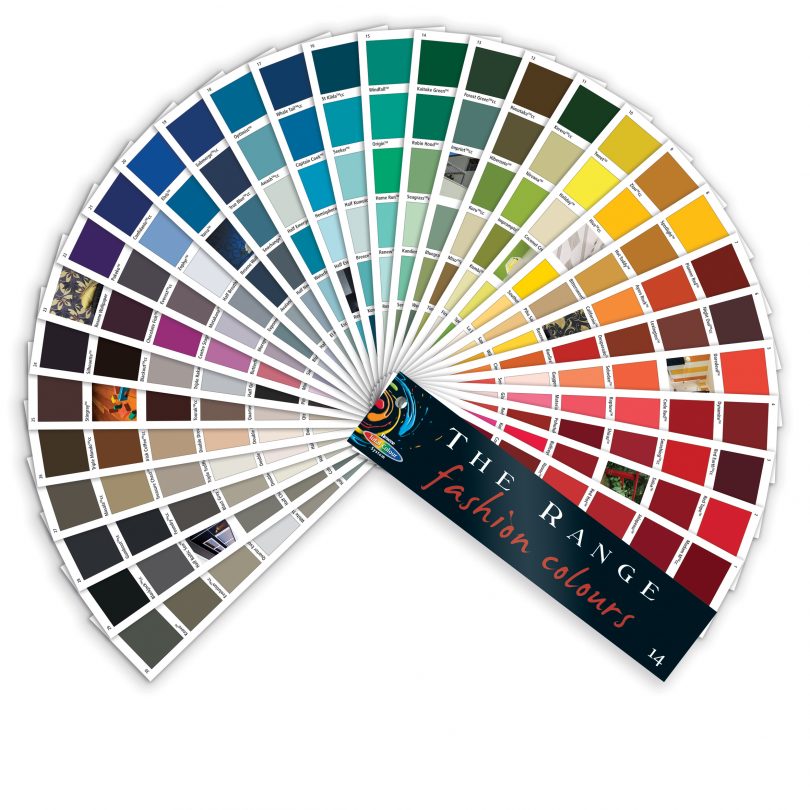
We recommend you start with the floor and build your colours around the flooring. As you begin to research, you’ll find yourself drawn to certain shades that make you feel comfortable. It’s these colours that really define your personal style and make it your own.
To help determine your interior style, look at your favourite clothes, the artwork you love and your ultimate travel destinations – you’ll start to see a common thread.
Choose your flooring before selecting your paint, wallpaper and furnishings as the floor is the biggest investment and hardest and most expensive to change if you get it wrong. The colours in your carpet or hard flooring can inspire the rest of our colour scheme.
When choosing flooring – treat the floor colour as the foundation of your palette. You can’t go wrong with natures tones which also create an atmosphere of quiet warmth: soft browns, greys, oak, ash and honey tones all work well with other hues.

When you want to achieve something that is not going to date and has a sense of timelessness – take inspiration from nature – either a natural grain running through the boards or laminate or if carpet use a covering that has more texture – try a loop pile there are some gorgeous examples of this around.
Use paler tints to lighten up a dark room. These soft, cool colours also help make a small room seem spacious. Mixing colours can provide a feeling of height. Use the darkest shade on the floor, the next shade on the walls, and the lightest shade on the ceiling.
If carpeting a small space keep the colour tonal to the room, slightly darker than the floor and take wall to wall – rugs or carpet squares in small spaces can make the space seem smaller as the eye reads the rug or square not the room as a whole. By keeping your colours tonal the effect is holistic it becomes the whole space not just identified areas of a part of that space.
And finally, be sure to colour test your flooring sample by daylight as well as by artificial light at night. Colour changes dramatically when flooded with sunlight or lit by lamps.
#design #flooring #flooring choices #floors #renovating #renovation

